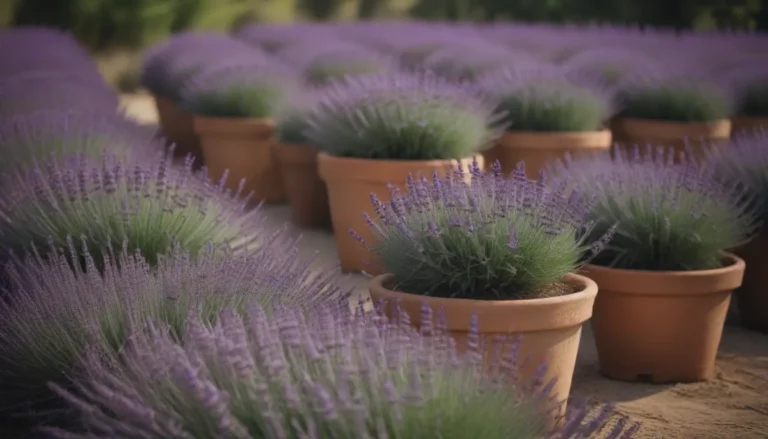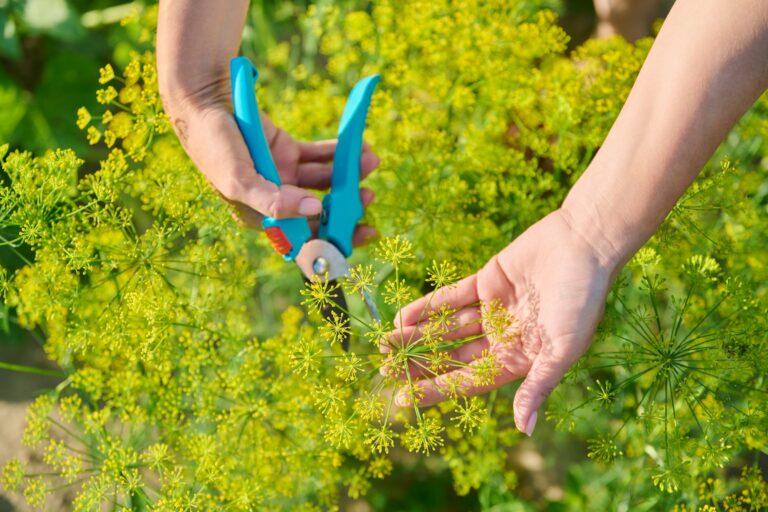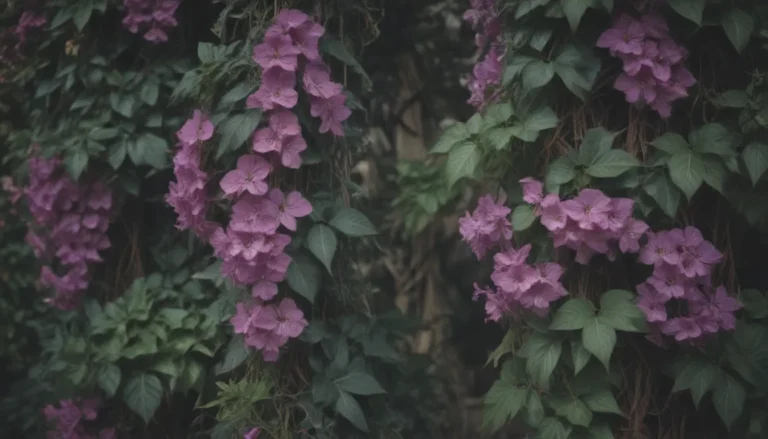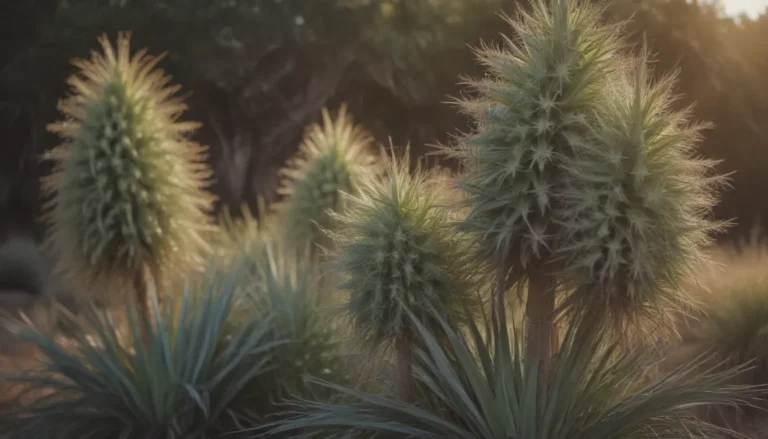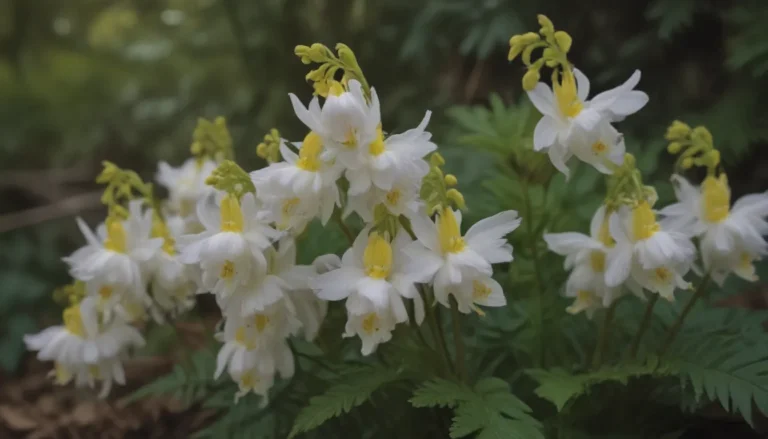The Complete Guide to Growing and Caring for Monstera Peru
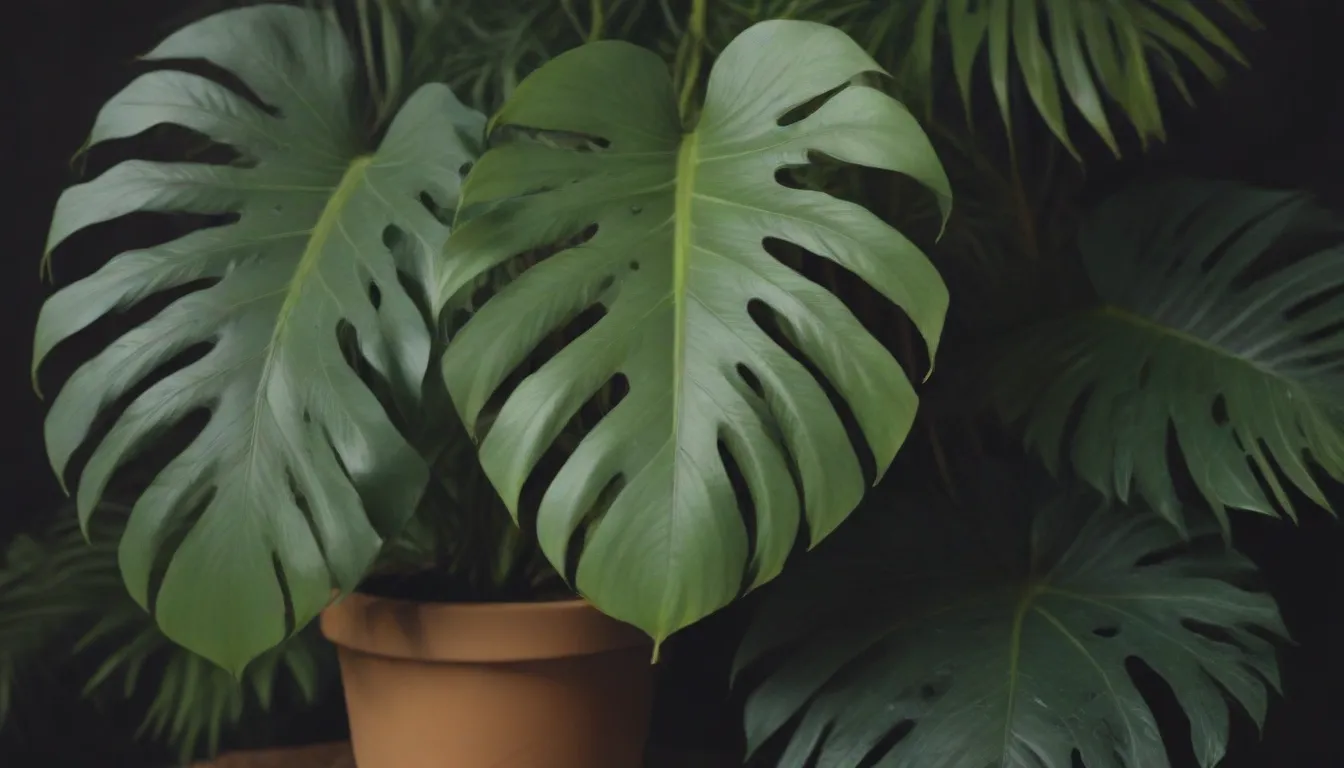
If you’re a fan of houseplants but are looking for something a little more unique, the Monstera Peru might be the perfect addition to your collection. With its upward, vining growth habit and uniquely puckered dark green foliage, the Monstera Peru is a striking plant that is sure to be a conversation starter.
In this comprehensive guide, we will walk you through everything you need to know to successfully grow and care for your Monstera Peru. From light and soil requirements to pruning and common problems, we’ve got you covered. Let’s dive in!
What Is an Epiphyte?
Before we dive into the care requirements for the Monstera Peru, let’s take a moment to understand what an epiphyte is. An epiphyte is a type of plant that derives moisture and nutrients from the air and often grows on other plants. Unlike parasites, epiphytes only use other plants for support and do not harm them in any way.
Monstera Peru Care Tips
The Monstera Peru may look exotic, but it is surprisingly easy to care for, especially if you follow these simple tips:
Light
Contrary to popular belief, the Monstera Peru does not require intense sunlight to thrive. In fact, it prefers bright, indirect light, making it the perfect plant for those shady corners of your home. A north-facing window that receives a few hours of indirect sunlight each day is ideal for this tropical beauty.
Soil
As an epiphyte, the Monstera Peru thrives in rich, airy, well-draining soil. To create the perfect growing medium for your plant, consider mixing one part coco coir, one part orchid bark, and one part perlite. This will provide the right balance of drainage, moisture retention, and nutrients for your Monstera Peru to flourish.
Water
The thick leaves of the Monstera Peru make it more drought-tolerant than other Monstera species. Allow the soil to dry out completely between waterings to prevent overwatering and root rot. Remember, it’s always better to underwater than overwater your plant.
Temperature and Humidity
Native to the tropical regions of Peru, the Monstera Peru thrives in warm, humid conditions. Maintain temperatures between 60 to 85 degrees Fahrenheit and consider placing your plant in naturally humid areas like the bathroom or kitchen. If your home is not naturally humid, you can increase humidity by using a pebble tray or a humidifier.
Fertilizer
During the growing season (spring and summer), your Monstera Peru will appreciate regular fertilization with a mild, balanced fertilizer. Feed your plant once every three to four weeks, following the instructions on the product label. Avoid fertilizing during the winter months when the plant is dormant.
Pruning and Propagating
To keep your Monstera Peru looking its best, you’ll need to prune it regularly to control its size and promote new growth. Here are some tips on pruning and propagating your plant:
Pruning
If your Monstera Peru starts to look leggy, it’s time for a trim. Use a clean, sharp cutting tool to remove leggy stems, cutting above a node to encourage new growth. Pruning not only keeps your plant looking tidy but also helps it stay healthy and vigorous.
Propagating
Propagating your Monstera Peru is a fun and rewarding way to expand your plant collection. You can propagate your plant using stem cuttings, which can then be replanted to create new plants or fill out existing ones. Follow our simple steps to propagate your Monstera Peru successfully.
Potting and Repotting
Because the Monstera Peru does not like to be root-bound, it’s essential to repot your plant every two to three years. Look for roots emerging from the drainage holes as a sign that it’s time to repot. Choose a pot that is one size up from the current one and ensure it has plenty of drainage holes to prevent waterlogging.
Dealing with Pests and Common Problems
Even though the Monstera Peru is a relatively low-maintenance plant, it can still be susceptible to pests and common problems. Here are some tips for dealing with issues that may arise:
Common Pests
Keep an eye out for common houseplant pests like fungus gnats, mealybugs, scale, spider mites, and whiteflies. Regularly inspect your Monstera Peru for signs of infestation, and if you notice any pests, isolate the plant and treat it with an appropriate insecticide.
Common Problems
Yellow leaves, faded leaves, dropping leaves, and leggy vines are all common issues that can affect your Monstera Peru. By understanding the underlying causes of these problems (such as sunlight, watering, or humidity issues), you can take the necessary steps to remedy them and keep your plant healthy.
Monstera Peru vs. Monstera Siltepecana
It’s easy to confuse the Monstera Peru with the Monstera Siltepecana, but there are a few key differences between the two plants. While the Monstera Siltepecana has a silvery sheen to its leaves and relatively flat leaves, the Monstera Peru boasts deeply ridged dark green leaves. Additionally, the Monstera Siltepecana may develop fenestrations on its leaves as it matures, while the Monstera Peru typically does not exhibit this characteristic.
Final Thoughts
In conclusion, the Monstera Peru is a unique and stunning addition to any indoor plant collection. With its low-maintenance nature and striking appearance, it’s no wonder that this plant is gaining popularity among plant enthusiasts.
By providing your Monstera Peru with the right light, soil, water, and care, you can ensure that it thrives and flourishes in your home. Remember to keep an eye out for pests and common problems, and don’t be afraid to trim and propagate your plant to encourage new growth.
So, whether you’re a seasoned plant parent looking to add a new challenge to your collection or a beginner eager to learn more about tropical plants, the Monstera Peru is a fantastic choice. With a little bit of love and care, your Monstera Peru will reward you with its beautiful foliage and unique growth habits. Happy planting!

